Visual Merchandising: How to Design a Welcoming Retail Environment
There is a clear desire for human connection and community in our post-COVID world. Online consumerism has spiked, and now consumers want to be able to engage in their high streets again (albeit in an omni channel way). Due to losing some high-profile high street names over the last few years, it is fair to say the high street is currently feeling a little hotchpotch. Consumers want to engage with physical retail, but the landscape has changed, so audiences now expect more.
Hey, this is a massive opportunity for brands to work their physical retail spaces harder (and for good too). There is a shared goal between retailers and residents, who want towns and cities to have better placemaking and community. The 2022 Levelling Up and Regeneration Bill aims to revive town centres by tackling the high amount of empty shops on high streets: “Town centres used to be places where people not only shopped, but lived, played and worked. Town centres were the hub of life – and well thought out placemaking can revive this ethos of experience-based shopping in physical stores. There is a pressing need for this kind of regeneration, or communities and businesses risk being left disconnected and characterless”. Retailers are responsible for placing communities at the centre of physical retail spaces to support the wider placemaking agenda, and ensure they stay relevant and desirable to their audience.
“Placemaking creates quality places where people want to live, work, play, and learn.”
During their 2022 Christmas campaign, John Lewis set up small display pop-ups in their community spaces. These were specially curated with an edited product package, a bespoke installation and supporting marketing collateral. These marketed the brand within the host shopping centre environment, providing inspiration and theatre to the centre itself. Shopping centres can hugely benefit from collaboration with their retailers to bolster traffic and engagement.
Costa Coffee recently set up an exciting activation in the Trinity shopping centre, Leeds. This was made up of illustrative, design, propping, wayfinding and digital elements. It created impact and provided a hub for shoppers to gravitate toward and enjoy a special moment. It brought theatre to the centre and created many ways for consumers to interact with Costa’s brand. Retailers can play a part in placemaking and be part of the solution to make our high streets more desirable places to visit and spend time in. When you entice customers to sit-and-stay, the more likely they are to invest in the brand.
Often big spaces like shopping centres and even retailers, can have unused window space. Murals and illustrative design can work wonderfully to create an inspirational and inclusive environment. It can transform high streets to feel more dynamic and visually appealing. For retailers who have stores with multiple windows, it's often expensive to populate all windows with products and styled mannequins, so murals and vinyls can act as an economical and fun alternative.
The Body Shop has powerful ethical and sustainability values. They use mural style illustration and graphic design to successfully communicate these messages in a bold and expressive way. High street stores often benefit from floor levels above the store, that they can make use of to promote the brand further and add overall impact to the store's facade.
Brands who explore using their stores more effectively and inclusively, such as holding community events, engaging activations and generally aiming to have a positive impact on their community also benefit from increased traffic, sales and brand loyalty. There’s plenty to be gained from thinking outside-the-box of traditional retailing.
Community builders — are you hungry for more content? We’d love you to check out our Grosvenor Square placemaking case study or our creative engagements.


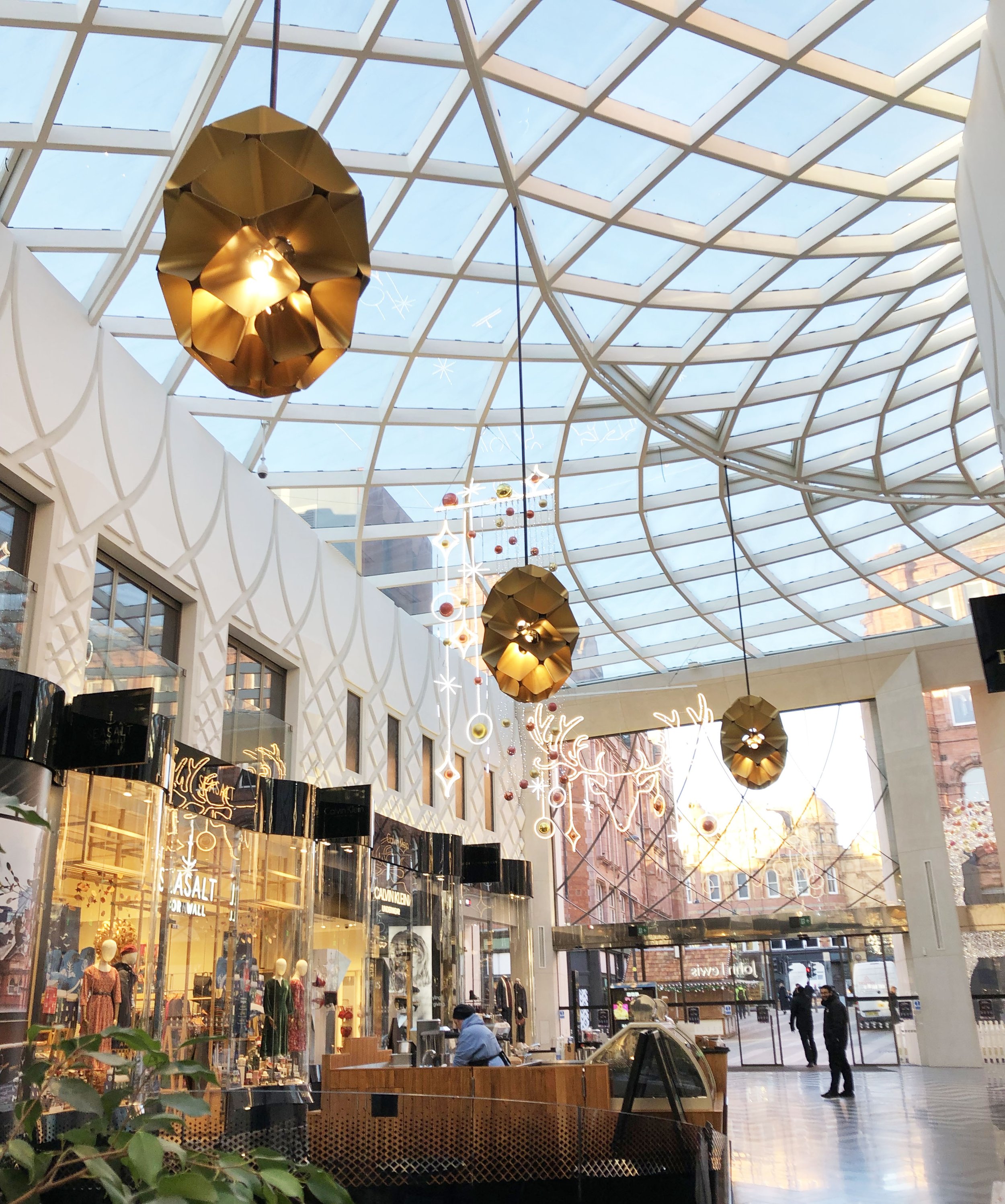
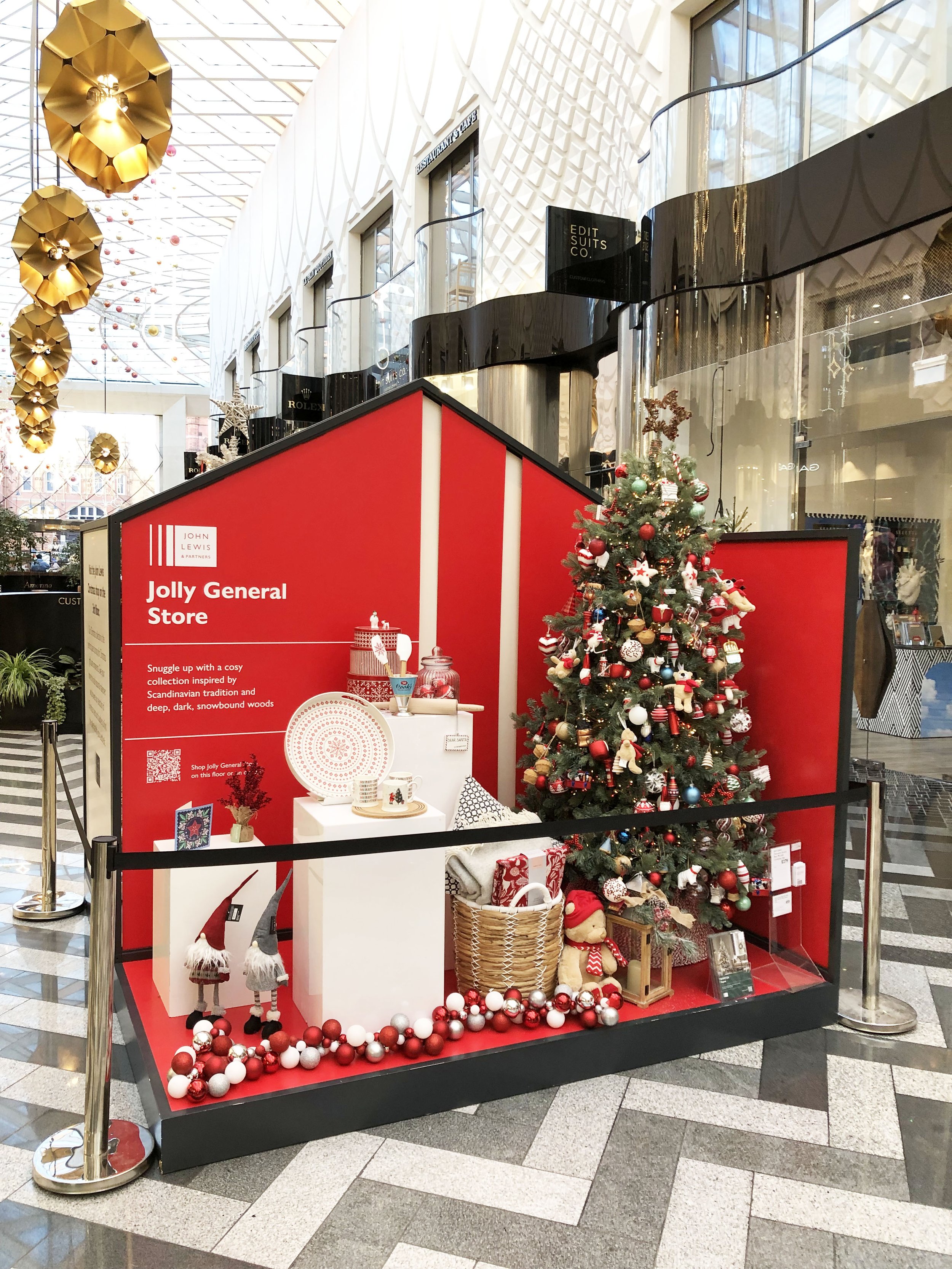
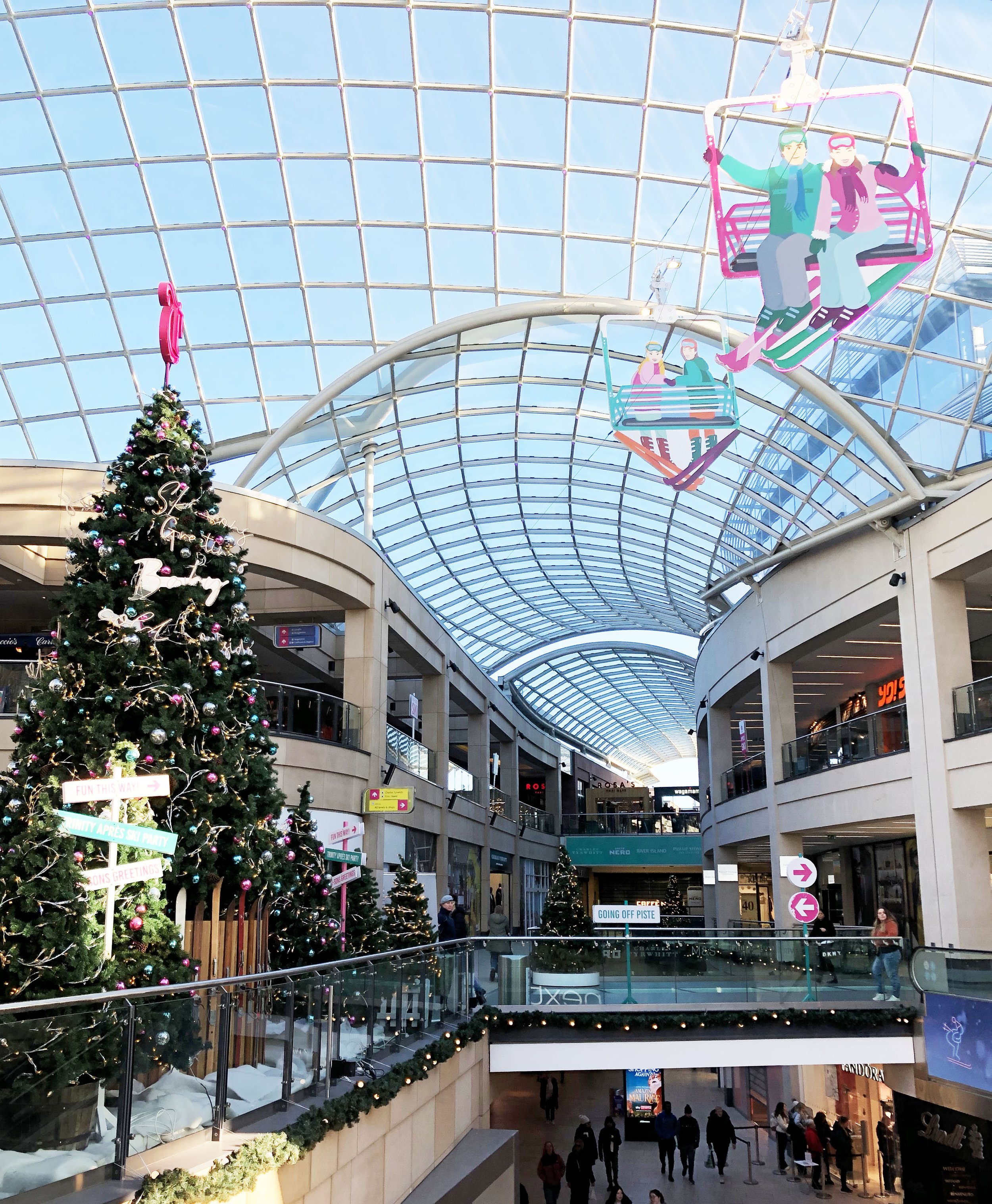
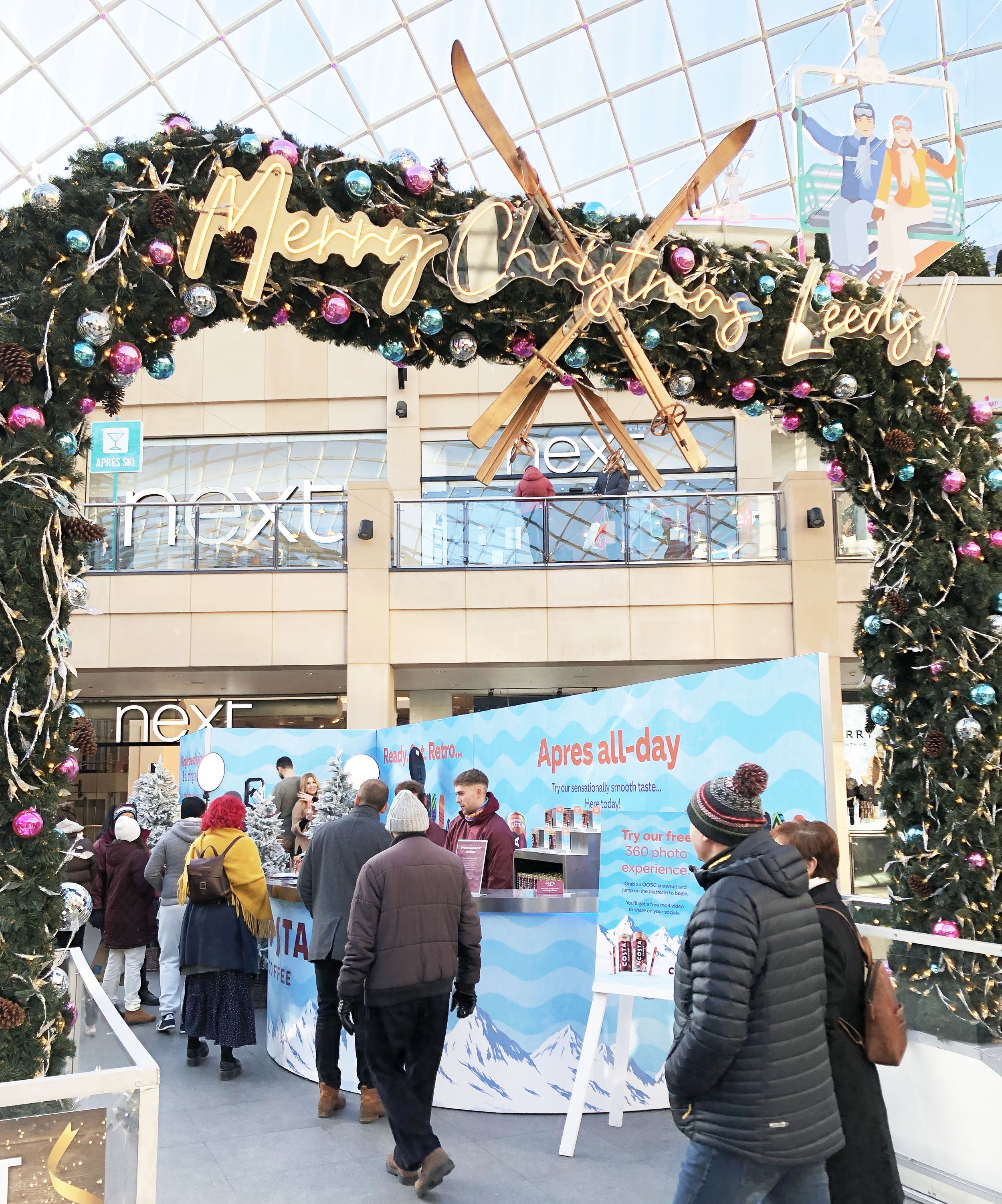

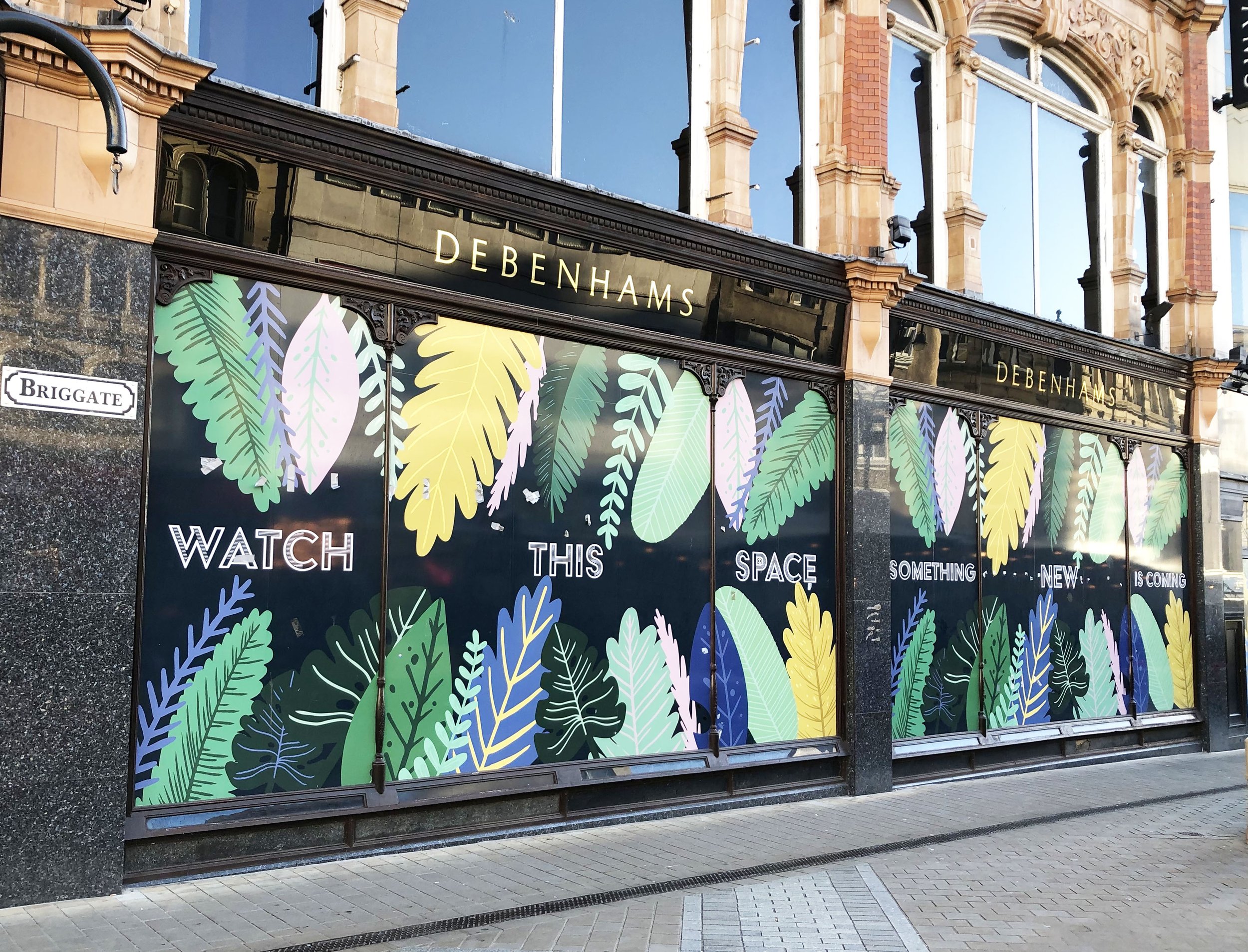
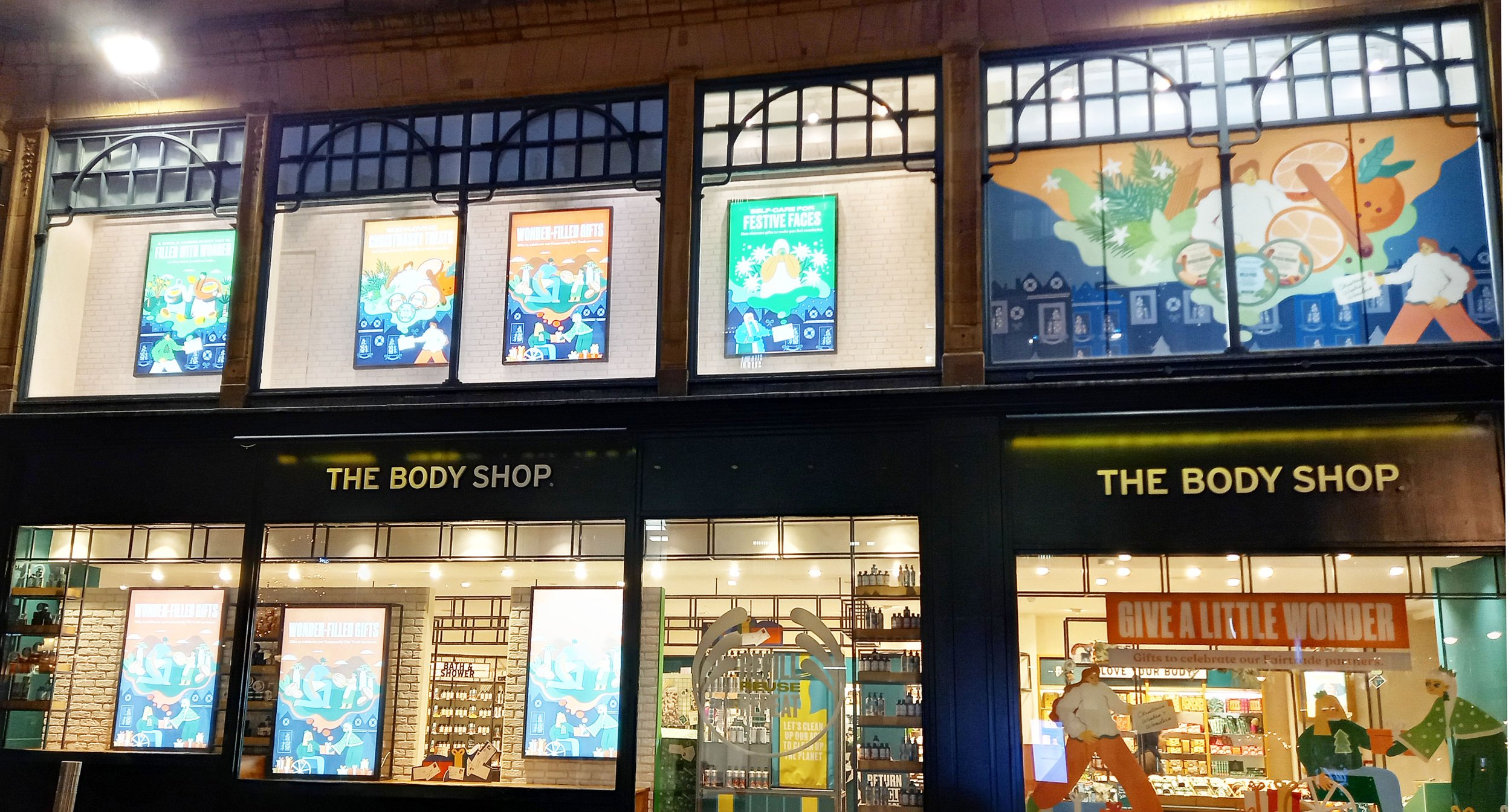

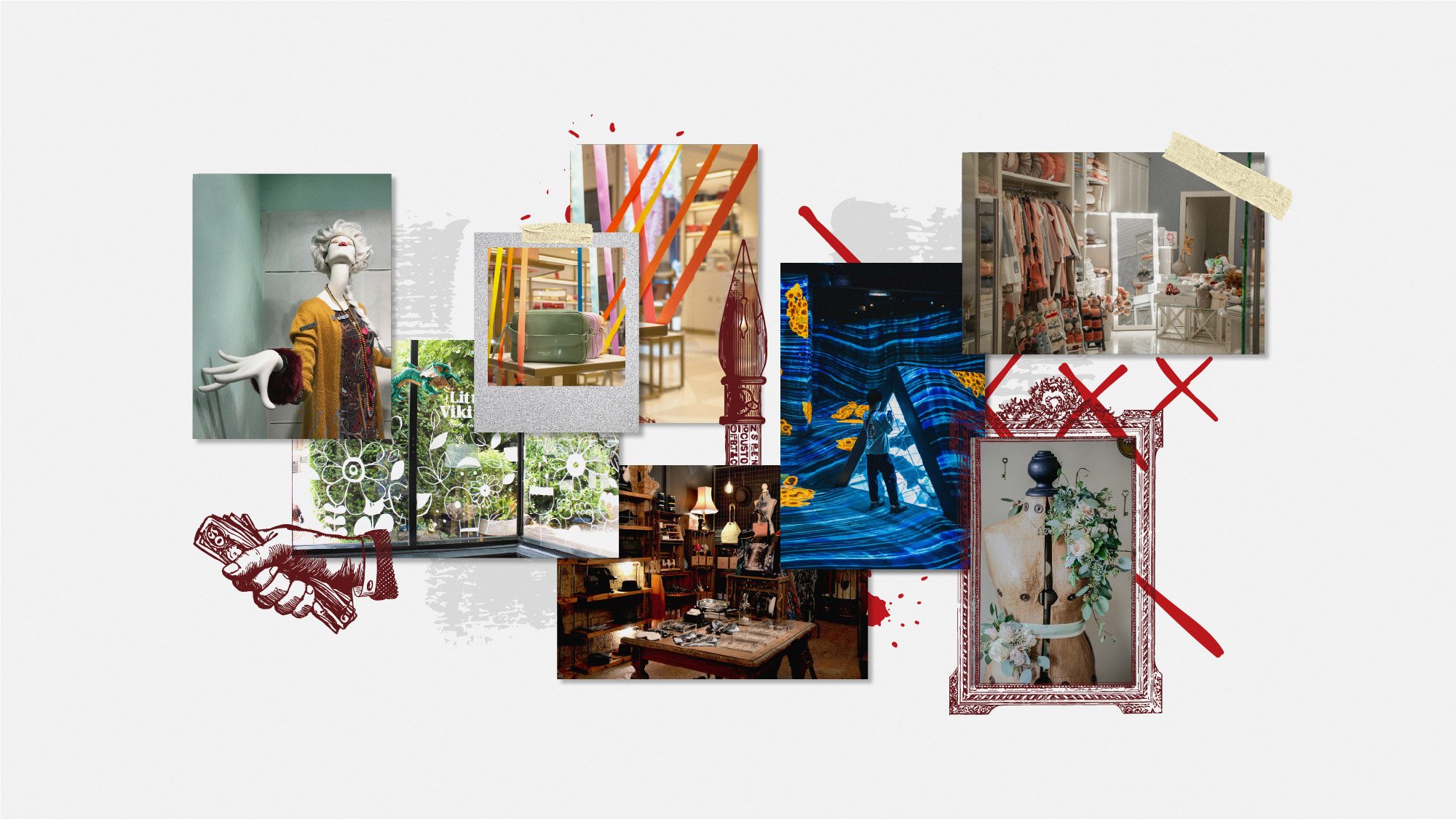
Let’s be honest, the competition for retail brands of all shapes and sizes is fierce. Plus, with the increase in digital touch points, it feels like everyone and anyone has a campaign or story to tell. It can be hard to know how to cut through the noise.